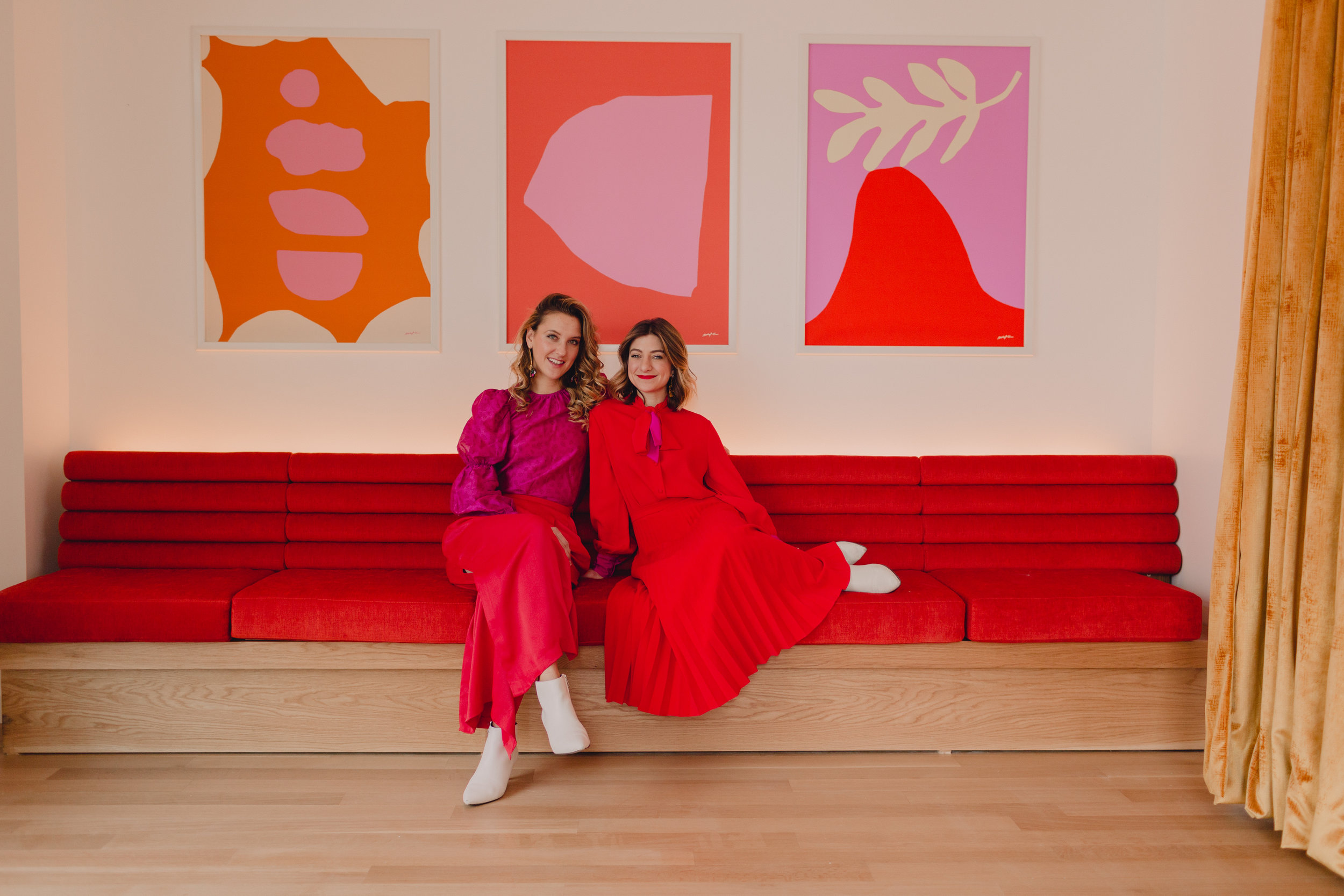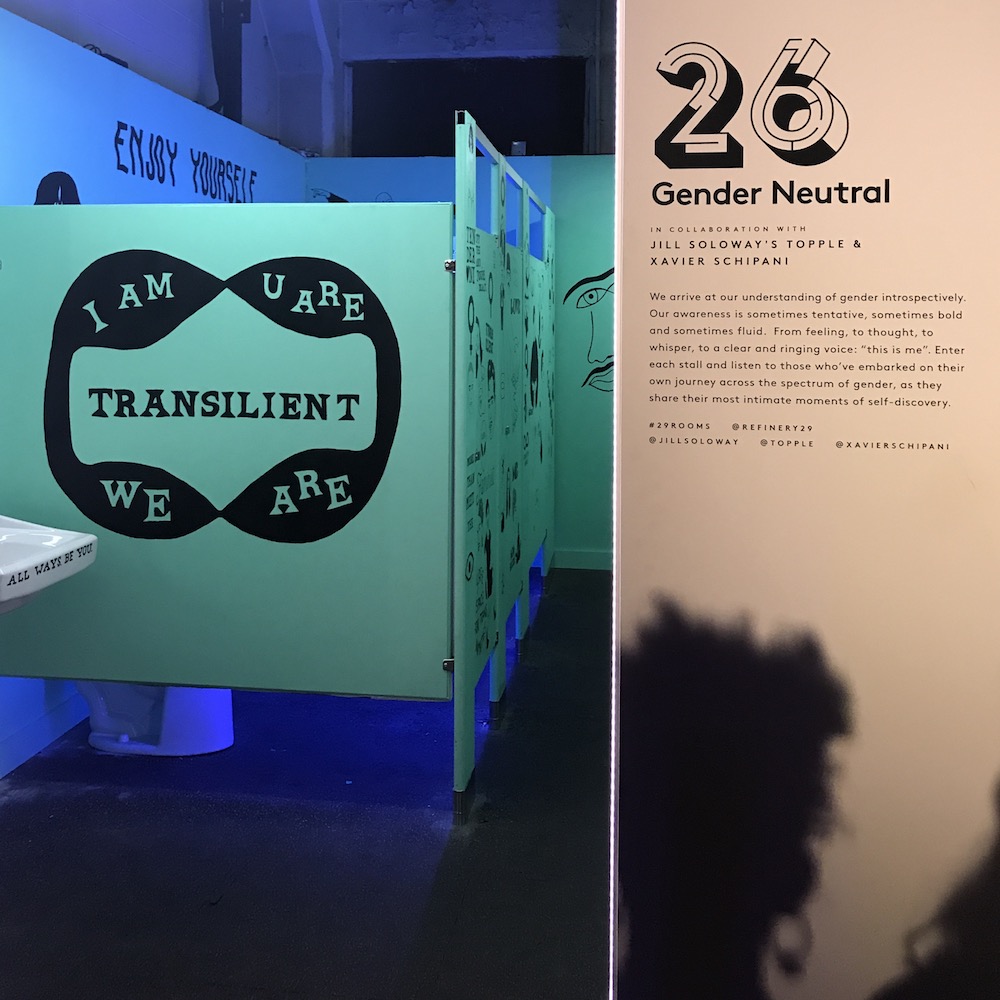Roseanna Roberts sat down with Feals’ Drew Todd to learn about how the brand diversifies itself in an increasingly crowded space by prioritizing approachability through consumer education and offering a live, human-staffed CBD hotline.
Since the passage of the U.S. Farm Bill in late 2018, brands have been racing to develop and market the best CBD-infused consumer product. With applications from sleeplessness and anxiety to pain management, Feals is a new direct-to-consumer brand making moves to acquire customers via shopper education, easily measured dosages and a subscription service. A hotline gives customers contact access to representatives of the digitally native brand, and “flights” of different dosages help new customers understand their own needs.
Roseanna spoke to co-founder Drew Todd about how Feals is navigating an evolving space and what the brand has in store for the future.
RR: How do you see the CBD space evolving currently?
DT: Recent studies have mentioned 7 out of 10 Americans having trouble sleeping, at least once a week, 8 out of 10 Americans suffering from stress and anxiety and 2 out of 10 suffering from chronic pain.
Most people are addressing these through a myriad of solutions, both natural and unnatural. However, the modern‑day consumer is much more aware of what they’re putting in their body. We’re seeing a huge emergence of natural solutions and alternative medicine, and people are turning to CBD as a solution.
With the legalization on a federal level in December, we’re really just at the early onset of a very nascent market, and one of the biggest issues with CBD to this day is there has not been enough research. What you find is a tremendous amount of anecdotal evidence but limited research in terms of the benefits that CBD can provide. We tuned into this gap early on with Feals.
What do you think are the big factors driving the potential of the industry?
We see a market that’s heavily fragmented and lacks a lot of consumer trust. It’s very overwhelming for consumers. There’s an endless number of options. It seems like everyone is selling CBD or adding CBD to something. There’s CBD face lotion. There are CBD pet solutions. There are CBD tinctures. It comes in every form, but when you talk to the average consumer, it seems that most options available on the market right now are failing them. They’re either too holistic or too cannabis.
No one really knows how much they’re taking or how much they should be taking. There’s poor consumer education, and because of this being such a nascent market, there’s a mediocre ecommerce experience, with a lot of these brands focusing more on retail.
We’re seeing an opportunity for creating a personal relationship with consumers and bringing more of the conversational commerce to the industry with Feals. We’re providing an approachable, simple brand— and education plays a huge role in that. We just wanted to make this as approachable as possible.
Could you explain your decision to market to a wide audience? Who are your consumers?
What we found is that the issues that CBD is helping with are not segmented to age, sex, or any different demographic. When we look at the bigger picture, we really wanted to address a wider market, because the issues it targets affect everyone.
We wanted to create an approachable brand that not only could be cool with our millennial peers and contemporaries as well as their moms. We found in our research that the conversion between consumers works both ways f or CBD: Maybe a Baby Boomer is the first family member to try CBD and they introduce it to the kids, or equally maybe a millennial is tries it and introduces it to their parents. It’s cross-generational.
We worked with a branding agency by the name of Herman‑Scheer here in Los Angeles. We didn’t want something that was too holistic or too cannabis. We really wanted to build something that could stand on its own with the simple messaging, “A better way to feel better.”
I’m curious to hear about your approach to building consumer trust. How does education play into that?
Building trust starts with the product offering. Our less‑is‑more approach with 100% organic MCT oil as the carrier paired with premium organically grown hemp is something we really could build upon, because there are no additives. There’s nothing else in our product other than those two components. Starting there with a foundation of transparency and being able to provide the highest‑quality products to consumers is crucial.
Beyond that, as a CBD brand you have to be testing every step of the way and providing transparency to consumers. Every bottle that consumers buy has a QR code on the bottom of the bottle that they can scan and see the batch tests. It shows pesticides tests, the cannabinoid percentages and gives a bit of a summary in terms of exactly what the product that they have in their hand exactly contains, along with third‑party test results.
Education plays such an important role. We’re going to continue building upon our education and content portion of the brand as we continue growing. We see that that’s playing a pivotal role in just getting people that may be naysayers warmed up to the potential benefits that CBD can provide for them.
How has selling DTC benefited you as well as your consumers?
The way that we look at modern consumerism is we believe digitally native brands are going to thrive by controlling all consumer touchpoints. It really allows them to elevate the customer experience.
That means everything form our digital touch to our customer experience support line, where people can actually talk to a human, to the product itself. I think that by providing an approachable brand consistently across all of these touch points, it inspires a much stronger consumer relationship.
It helps us to establish customer trust. It also allows us to implement a customer feedback loop, where we’re able to learn and enrich the experience for our consumers on an ongoing basis.
My co‑founders and I came from ad tech, and so everything that we do in business we take a very data‑driven approach. We use that data to help enrich the end‑consumer experience. At the foundation of the company is helping people feel better, and we want every touch point of Feals to be an enjoyable experience that contributes to that.
Can you give an example of how the data has informed your decisions?
When we originally concepted Feals, we had not planned on launching a membership as an option. As we were going through the pilot, however, we found that people who responded well to CBD wanted to get it on an ongoing basis.
We decided to create a membership platform that’s fully flexible. It’s non‑committal. If you decide to become a member today and you need to cancel tomorrow, you’re not penalized for it. You have full control in a membership dashboard. If you need to snooze your membership for a month, you can take pause. The decision to have a membership program was entirely data‑driven, based on what we had seen with our own proof of concept
Could you tell us about designing your one-on-one CBD hotline experience?
This is another great example of a data‑driven decision. When we launched our pilot, the CBD hotline idea was driven by my co‑founder Alex, and his empathetic voice and how he approached every single call as if he were a counselor.
What we found is that when it comes to people’s health, empathetic human touch goes a really long way. I think that in this digital world that we all live in, it’s nice to be able to talk to a human when it comes to something that can benefit your well‑being. Sometimes questions can be answered online, but oftentimes people want to talk to a human being, and we wanted provide that support for them.
Finally, now that you have launched, where do you see the brand going, and what can we expect from Feals?
We’re looking at how many people we can help feel better. We’re starting to explore what Feals looks like in real life and taking our brand further from just a direct‑to‑consumer online presence to some real‑life activation. For the time being, we’re really excited to just start introducing the world to Feals.
Feals co-founders
This article was originally written for and published by PSFK





























